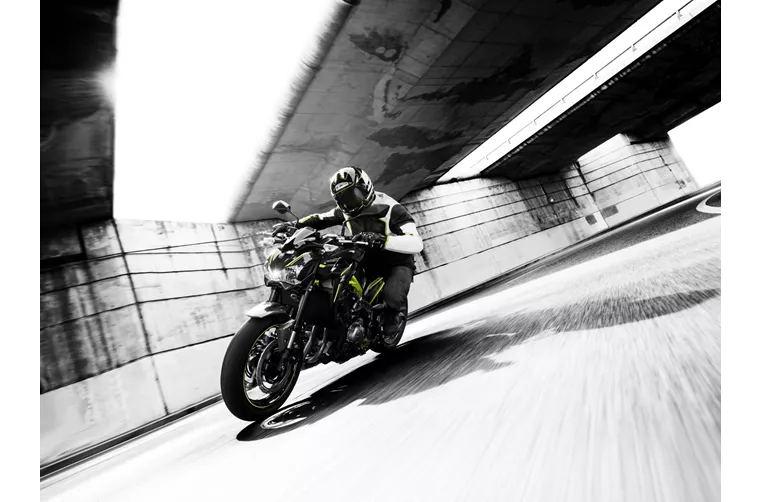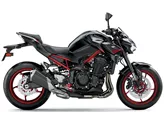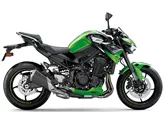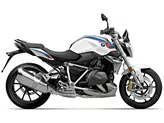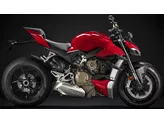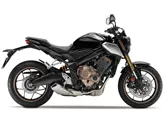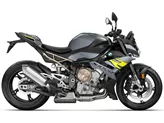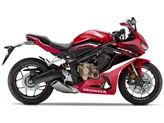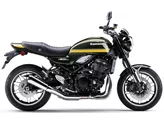BMW S 1000 R 2015 vs. Kawasaki Z900 2018
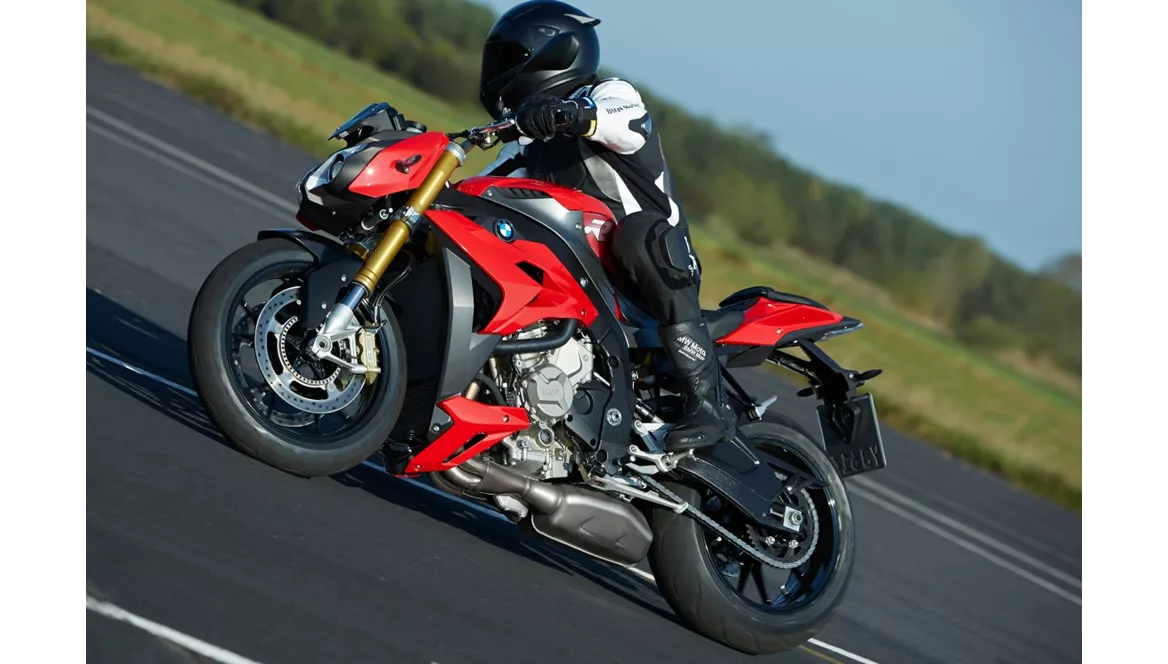
BMW S 1000 R 2015
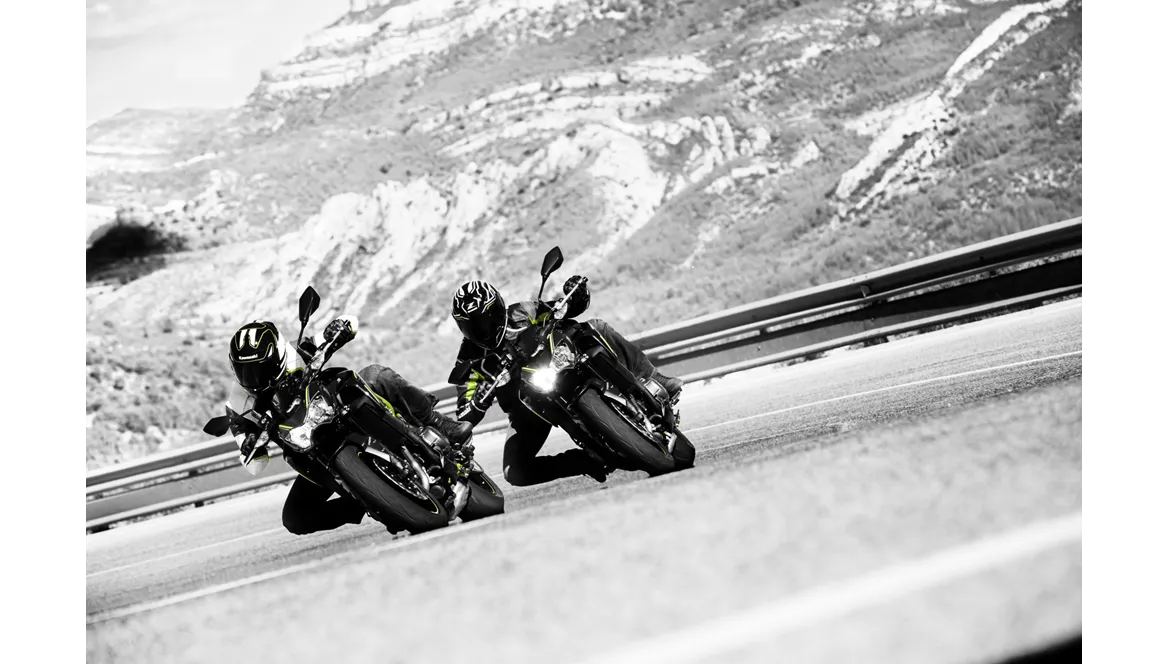
Kawasaki Z900 2018
Vue d’ensemble - BMW S 1000 R 2015 vs Kawasaki Z900 2018
The BMW S 1000 R 2015 and the Kawasaki Z900 2018 are both naked bikes with similar engine configurations, as they both have an in-line 4-cylinder engine. However, there are several differences between the two models.
In terms of engine power, the BMW S 1000 R 2015 has a higher output with 160 HP compared to the Kawasaki Z900 2018's 125.4 HP. This gives the BMW an advantage in terms of acceleration and top speed. The BMW also has a higher torque of 112 Nm compared to the Kawasaki's 98.6 Nm, which contributes to its strong performance.
Both bikes have upside-down telescopic forks for the front suspension and swing arm with a monoshock for the rear suspension, providing a comfortable and stable ride. However, the BMW has the advantage of advanced rider assistance systems, specifically dynamic suspension, which enhances the bike's handling and stability.
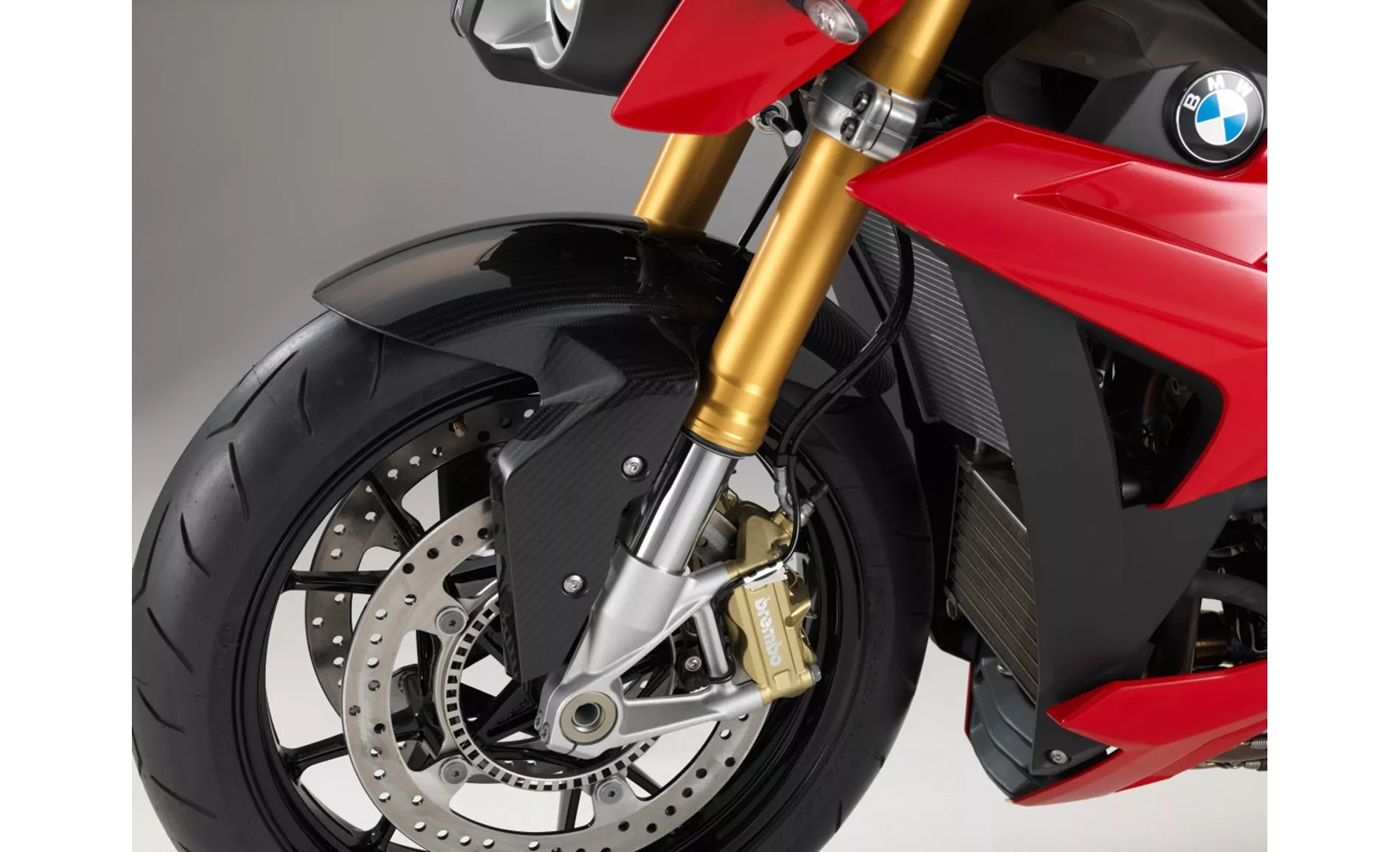
BMW S 1000 R 2015
In terms of chassis, the BMW S 1000 R 2015 has an aluminum frame with a twin tube design, while the Kawasaki Z900 2018 has a steel frame with a double cradle design. The aluminum frame of the BMW is lighter and provides better handling, while the steel frame of the Kawasaki offers more stability.
Both bikes have double disk brakes with four pistons in the front, providing strong and reliable stopping power. However, the BMW S 1000 R 2015 has radial technology for its front brakes, which improves brake performance and feel compared to the petal technology used in the Kawasaki Z900 2018.
In terms of dimensions and weights, the BMW S 1000 R 2015 has a slightly shorter wheelbase of 1439 mm compared to the Kawasaki Z900 2018's 1450 mm. The seat height of the BMW is also slightly higher at 814 mm compared to the Kawasaki's 795 mm. However, the weight of the BMW is slightly lighter at 207 kg compared to the Kawasaki's 210 kg.
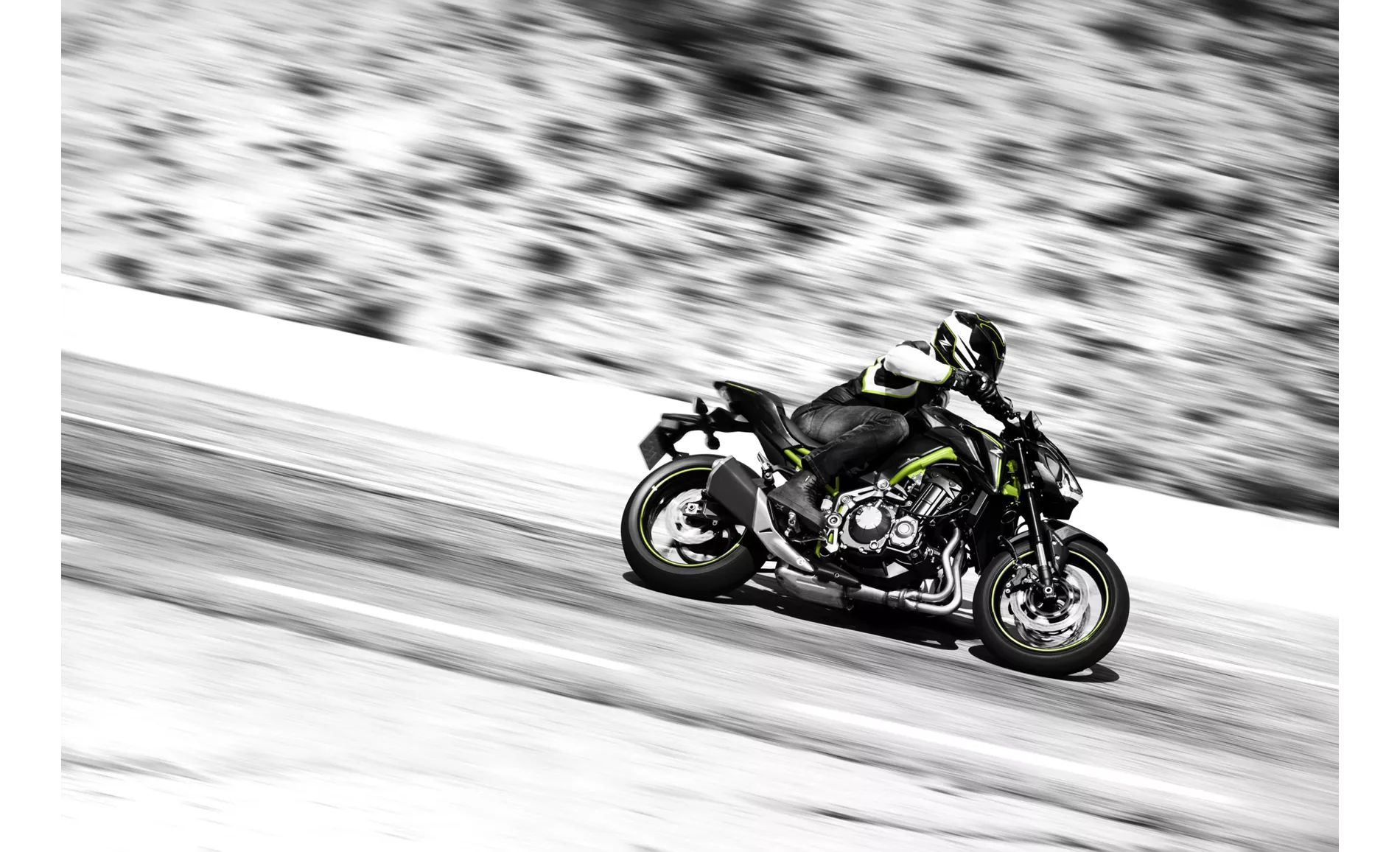
Kawasaki Z900 2018
In terms of strengths, the BMW S 1000 R 2015 has a powerful and well-controllable engine, a powerful braking system, and a comparatively comfortable seating position. On the other hand, the Kawasaki Z900 2018 has a powerful and silky engine, great sound, a sharp and sporty look, a low seating position, and easy handling and maneuverability.
In terms of weaknesses, the BMW S 1000 R 2015 has irresistible but expensive optional extras, a hard chassis, and vibrations in the handlebars. On the other hand, the Kawasaki Z900 2018 lacks traction control and the knee angle may be strenuous for tall riders in the long run.
In conclusion, both the BMW S 1000 R 2015 and the Kawasaki Z900 2018 are powerful naked bikes with their own strengths and weaknesses. The BMW offers a more powerful engine and advanced rider assistance systems, while the Kawasaki has a sportier look and easy handling. Ultimately, the choice between the two will depend on the rider's preferences and priorities.
Caractéristiques techniques BMW S 1000 R 2015 par rapport à Kawasaki Z900 2018
Avantages et inconvénients en comparaison
Avantages et inconvénients en comparaison
BMW S 1000 R 2015
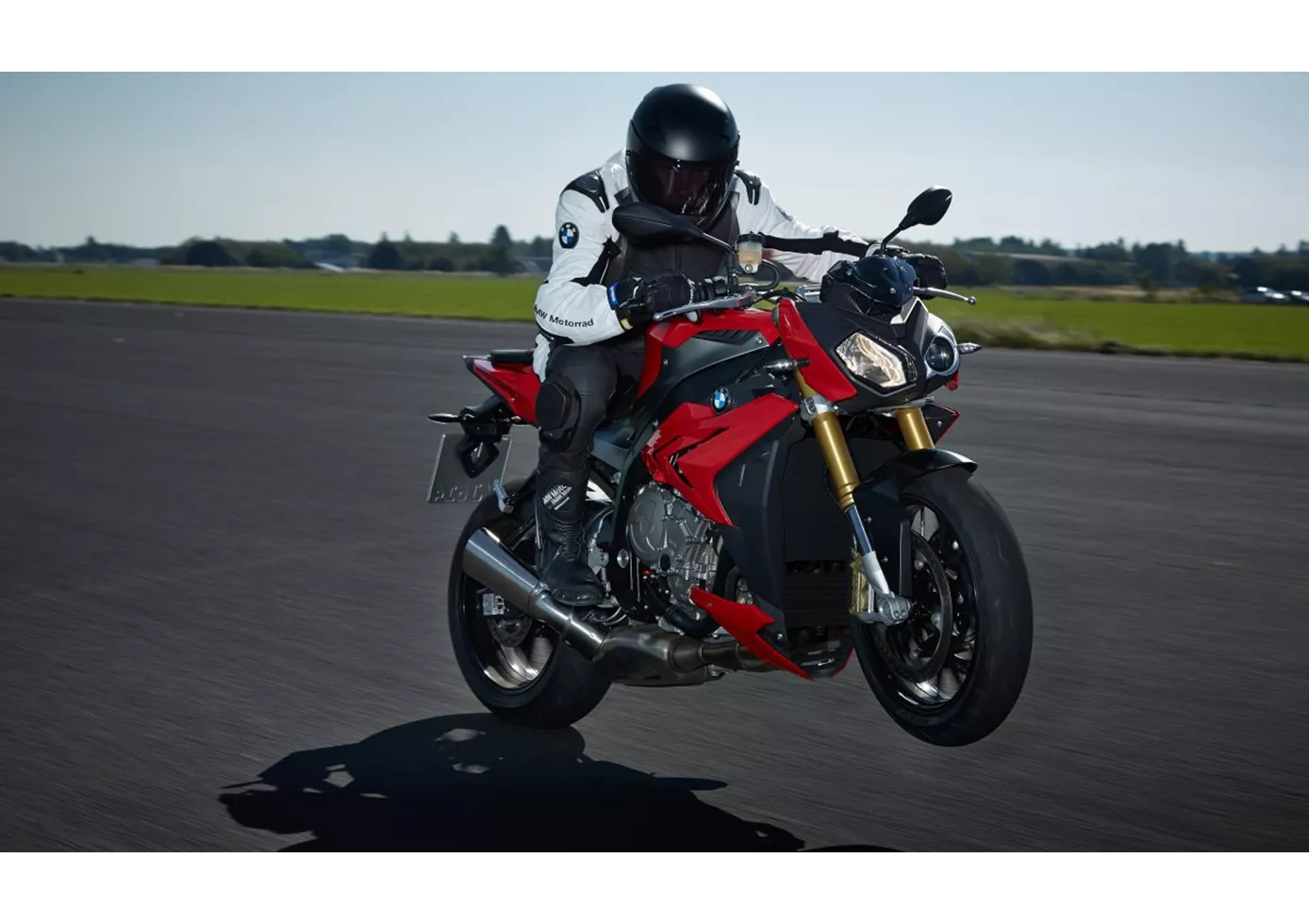
Sur la BMW S 1000 R, on remarque à la fois la parenté étroite avec la Superbike S 1000 RR et la volonté de doter la machine d'un niveau de confort élevé pour la route et le quotidien. Le moteur quatre cylindres de 1000 cm3 se met donc au travail de manière brutale, tout en restant bien contrôlable, et la position de conduite est par conséquent confortable et sportive. Le fait que la S 1000 R soit l'une des power naked bikes les plus abordables est surprenant et réjouissant, mais il ne faut pas pour autant mettre la main sur la liste des équipements spéciaux - car grâce aux nombreuses caractéristiques irrésistibles, elle sera certainement plus chère.
Kawasaki Z900 2018
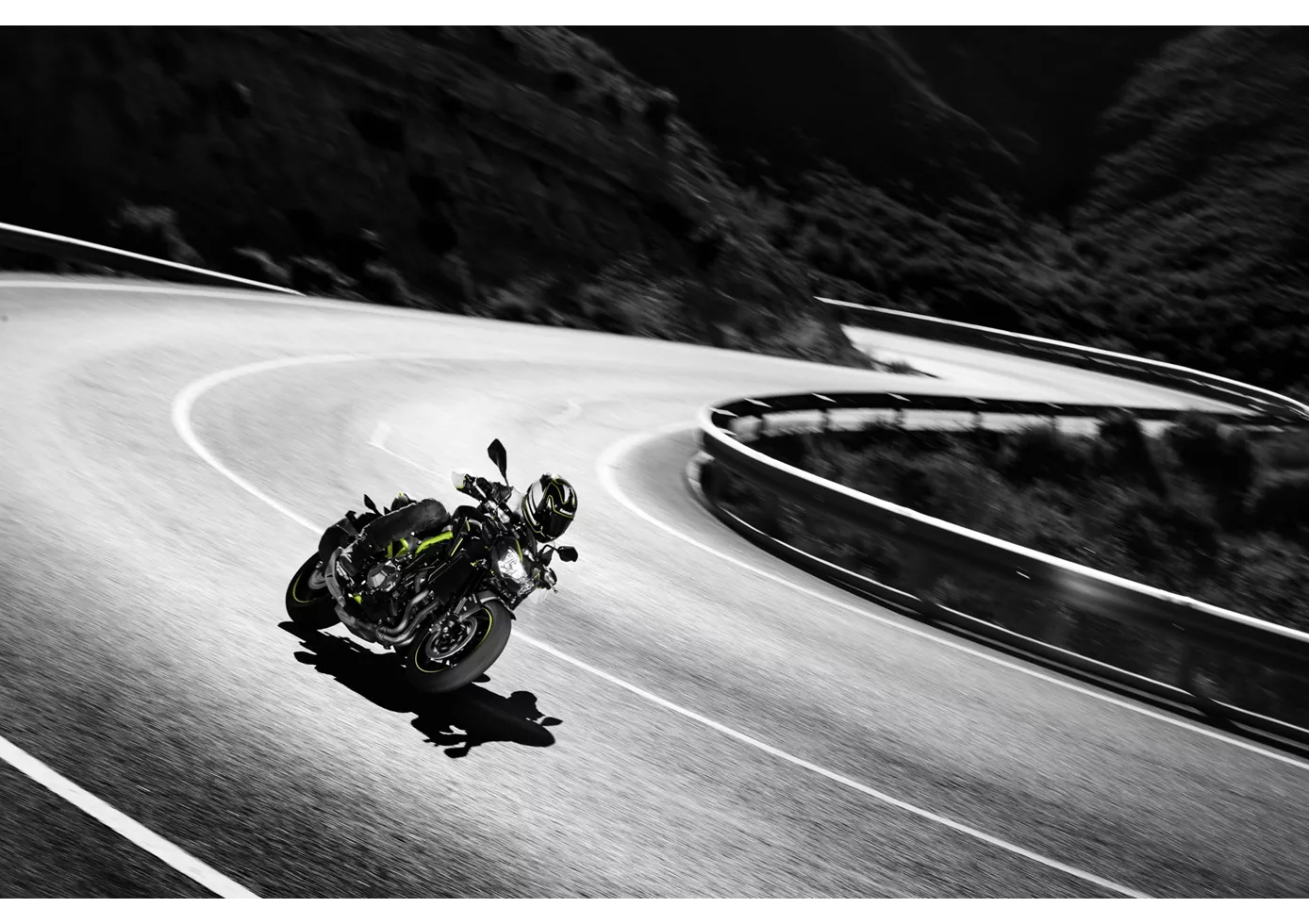
Dans le segment très concurrentiel des naked bikes, la Z900 joue dans la cour des grands. Son moteur, en particulier, est absolument grandiose, incroyablement soyeux et offre une puissance élevée à tous les régimes - comme il se doit pour un quatre cylindres japonais. Son look sportif et agressif s'y prête bien. Elle renonce aux fioritures électroniques, mais offre néanmoins une grande sécurité dans les virages, au freinage et en sortie d'accélération. La selle basse profite surtout aux petits pilotes, mais les grands pilotes pourraient regretter un angle du genou plus plat sur les longs trajets. Le faible poids et la compacité de la Z900 la rendent particulièrement maniable et facile à manier. Un canon sportif dont le prix est également très attractif
Comparaison des prix Prix moyen du marché BMW S 1000 R vs Kawasaki Z900
There are a few key differences between a BMW S 1000 R 2015 and a Kawasaki Z900 2018. In terms of price, the actual average price of a BMW S 1000 R 2015 is about 17% higher. A BMW S 1000 R 2015 experiences a loss of 250 USD in one year and 600 USD in two years of ownership. This is offset by a loss of 640 USD and 520 USD for a Kawasaki Z900 2018. Compared to Kawasaki Z900 2018 there are less BMW S 1000 R 2015 bikes available on the 1000PS.de Marketplace, specifically 12 compared to 55. It takes less time to sell a BMW S 1000 R with 61 days compared to 112 days for a Kawasaki Z900. Since model year 2014 1000PS.de editors have written 62 reviews for the BMW S 1000 R and 46 reviews for the Kawasaki Z900 since model year 2017. The first review for the BMW S 1000 R was published on 11/3/2013 and now has more than 17,300 views. This compares to more than 93,200 views for the first review on Kawasaki Z900 published on 11/11/2016.

